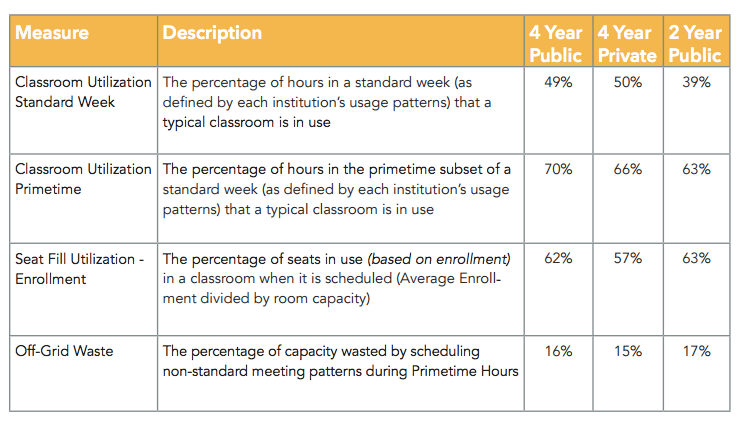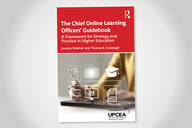You have /5 articles left.
Sign up for a free account or log in.
I’m trying to make sense of the relationship between two trends. Maybe you can help.
The first trend is retail store closings. The second trend is classroom utilization.
The question I have is if the first trend tells us anything about the second?
There seems to be little doubt that bricks and mortar retail capacity in the U.S. is overbuilt. Where the United Kingdom has 4.6 square feet of retail floor space per person, and Australia has 11.1, the United States has 23.6. Do we really need 5 times the retail floor space as the British?
Everywhere one goes one sees empty storefronts. Store closings just this year include: Gymboree - 350 stores, True Religion - 27 stores, Sears - 59 stores, Payless Shoes - between 400 and 800 stores, American Eagle Outfitters - 40 stores, Rue21 - 400 stores, Bebe - 170 stores, Abercrombie & Fitch - 60 stores, J.C. Penney - 140 stores, American Apparel - 104 stores, The Limited - 250 stores, Kmart - 108 stores, Macy’s - 63 stores. And the list goes on and on.
How many of the 1,070 malls in the U.S. do you think will close in the next decade?
All of these retail store closings translates into big losses in retail jobs. The closings of Macy’s and J.C. Penney stores has eliminated 100,000 jobs since October of 2016. Since 2001, department store jobs have declined by over half a million. In April of this year the Atlantic ran an article called The Silent Crisis of Retail Employment, in which the magazine worried that retail job losses will begin to accelerate in the coming years.
Why all the physical store closings? Online shopping. Amazon.
Online sales only account for 8.4 percent of all retail sales - but online is where all the growth is. E-commerce related jobs are up 334 percent since 2002, and department store jobs are down 25 percent. The problem is that e-commerce is much less labor intensive than in-person sales. So there have been 178,000 job gains in e-commerce, against 448,000 lost department store jobs during the same 15 year time period.
Now let’s turn to classrooms.
According to a recent report, The Higher Education Scheduling Index put out by Ad Astra Information Systems, higher ed classrooms are significantly underutilized. Another way of thinking about utilization is capacity. If classrooms were fully utilized, then less would need to be built.
I’ve reproduced the key table from the report below:

Do we expect that classroom demand, and utilization, will increase in the next decade?
Are the same forces that are driving the closure of retail stores also important in understanding why physical classrooms are so underutilized? Or are these separate and distinct trends, without any shared underlying causes?
I’m not even sure how to think about the analogy between physical stores and classrooms? Are retail stores more like entire physical campuses, or is it better to think about individual store locations and distinct classroom buildings when we try to make sense of all this?
It is hard to imagine big increases in demand for physical classrooms given the growth of online learning, combined with persistent enrollment and yield challenges faced by many institutions. The flattening of the number of high school graduates in many regions, and the continued erosion of public funding, would also tend to point to a future of weak demand for physical classroom space.
So how, if at all, are these two trends related?
Might we see institutions deciding to re-purpose existing lecture hall space, just as retail brands are choosing to close underperforming stores?
Can we speculate on strategies that colleges and universities might attempt that would shift instruction from residential to online, enabling existing bricks and mortar classrooms to utilized for some other revenue generating activity?
How schools could make money on the fixed assets of lecture halls that are no longer being used for lecturing seems like a good question.
At the very least, it seems to me that we are witnessing a decline of the necessity for physical places. We can learn and shop without going to a physical place.
Some of us even prefer to shop online as opposed to in-person. Will we see a generation of learners who would rather learn online? Not because online learning fits better with work or family schedules, but because online is their preferred modality of learning.
How do you think that higher ed people should think about the lessons of retail store closings?




